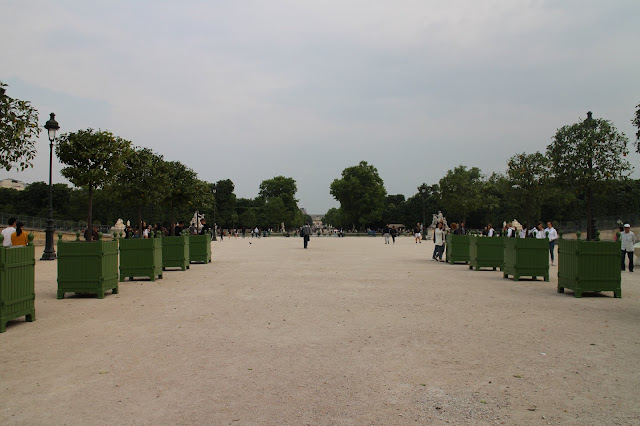Grote Markt, Antwerp

The land where the Grote Markt stands was donated to the city in 1220 by Duke Henry I of Brabant. Soon after the first annual markets, also known as the Brabant Fairs, were organised. At the end of the 15th centuryAntwerp became the most prominent city of the Low Countries, with merchants arriving from England, Italy, Spain, Portugal and the Northern German Hanseatic cities. The centrepiece of the square is a large fountain, known as the Brabo Fountain. It was built in 1887 and according to legend, Brabo was a local hero who killed the giant Antigoon and cut off his head and hands. The giant was demanding a high toll to each ship that wanted to enter the city. The square is surrounded by 16th-century Guildhalls, restaurants and cafes. In Winter it hosts the Christmas Market and an ice rink.



